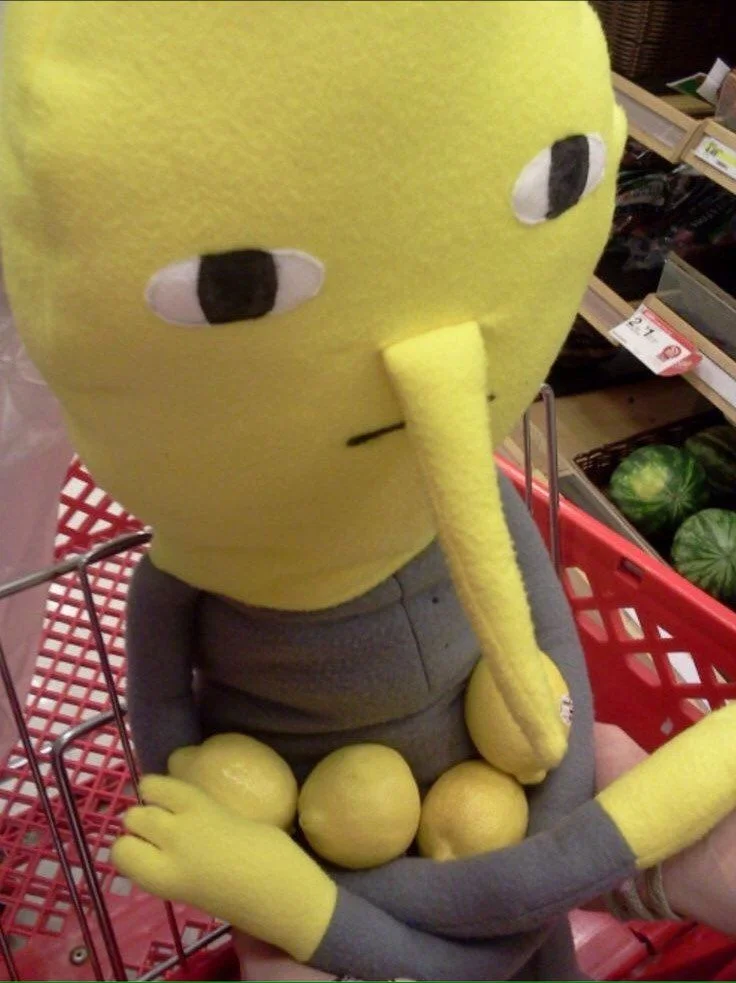In the age of artificial intelligence, we have witnessed numerous breakthroughs in computer vision, from facial recognition to object detection. AI has revolutionized how we interact with technology and perceive the world around us. However, beneath the veneer of progress lies a mysterious and unsettling phenomenon – cursed AI images. These eerie and often bizarre images have piqued the curiosity and fear of many, leaving us wondering about the limits of AI and the eerie corners of the digital realm. In this article, we will delve into the world of cursed AI images, exploring their origins, the technology behind them, and the psychological impact they have on users.

The Emergence of Cursed AI Images
The term “cursed AI images” may sound like something from a science fiction novel, but it has become a genuine and intriguing facet of the internet. These images are typically characterized by distorted, unsettling, or even disturbing visuals. They evoke a sense of unease and discomfort in viewers, often leading to a visceral reaction. The origins of cursed AI images are somewhat elusive, but they are deeply rooted in the interplay between human creativity and AI technology.
- The Role of Deep Learning
Cursed AI images owe their existence to deep learning, a subset of machine learning that focuses on neural networks with multiple layers. These networks are capable of recognizing patterns and generating new content, often through a process called “generative adversarial networks” (GANs). GANs consist of two neural networks: a generator and a discriminator. The generator creates new content, such as images, while the discriminator tries to distinguish between real and generated content. Through this adversarial process, GANs improve their ability to produce realistic and often surreal visuals.
- Cursed Images as a Product of Malfunction
Cursed AI images are essentially the product of malfunctioning or misconfigured GANs. When GANs generate images, they often operate under constraints or guidelines set by their human programmers. However, when these constraints are pushed to their limits or when errors occur in the process, the output can take a disturbing turn. It is within these errors and glitches that cursed AI images find their genesis.
- Virality and Internet Culture
The internet is a breeding ground for the unexpected and bizarre. Cursed AI images have gained traction on various platforms, from social media to online forums. Users share these images, often with humorous or ironic captions, contributing to their virality. The mysterious and unsettling nature of these images fuels their popularity, drawing users into a shared experience of discomfort and intrigue.
Exploring the Psychology of Cursed AI Images
The impact of cursed AI images extends beyond mere fascination; they tap into the psychology of fear and curiosity. Understanding why these images affect us the way they do can shed light on the intricacies of our relationship with technology.
- The Uncanny Valley
Cursed AI images often reside in the uncanny valley, a concept in robotics and computer science that describes the eerie feeling we experience when humanoid robots or digital characters appear almost, but not quite, human. This phenomenon can be attributed to the discomfort we feel when something looks familiar yet subtly off. Cursed AI images, with their distorted and unsettling visuals, evoke a similar response, making us question the boundaries of reality and simulation.
- Fear of the Unknown
Human beings are wired to fear the unknown, and cursed AI images exploit this primal instinct. When we encounter something strange and unsettling, our brain goes into overdrive, trying to make sense of the situation. Cursed images challenge our perception of what is normal and expected, pushing us into a state of cognitive dissonance.
- The Power of Curiosity
Curiosity is a powerful motivator, and it plays a significant role in our fascination with cursed AI images. We are drawn to the bizarre and unexplained, and these images tantalize our innate desire to explore the unknown. The fear and discomfort they provoke only add to the allure, as we can’t help but seek answers and explanations.
The Ethics of Cursed AI Images
While cursed AI images may be a source of entertainment for some, they also raise ethical concerns regarding the potential harm they can cause. It’s important to consider the impact of these images on individuals and society as a whole.
- Psychological Distress
For some individuals, encountering cursed AI images can lead to psychological distress. The unsettling visuals and the sense of unease they provoke can trigger anxiety or even trauma in vulnerable individuals. It’s essential to be mindful of the potential harm these images can cause to users’ mental well-being.
- Desensitization
Exposure to disturbing or unsettling content, such as cursed AI images, can lead to desensitization. Over time, individuals may become less sensitive to graphic or disturbing visuals, which can have implications for how they perceive real-world violence or distressing events.
- Responsibility of Creators
The creators of cursed AI images, knowingly or unknowingly, play a significant role in shaping the online experience of users. It is essential for creators to exercise ethical considerations when sharing or generating such content, as their actions can have real-world consequences.
Conclusion
Cursed AI images are a testament to the complex relationship between humans and technology. They blur the lines between creativity, fear, and fascination, offering us a glimpse into the eerie corners of artificial intelligence. As we continue to explore the boundaries of AI and machine learning, it is crucial to approach these technologies with responsibility and ethical considerations, ensuring that the digital realm remains a safe and respectful space for all users. While cursed AI images may continue to intrigue and disturb us, they also serve as a reminder of the power and potential consequences of the technology we create and share.
